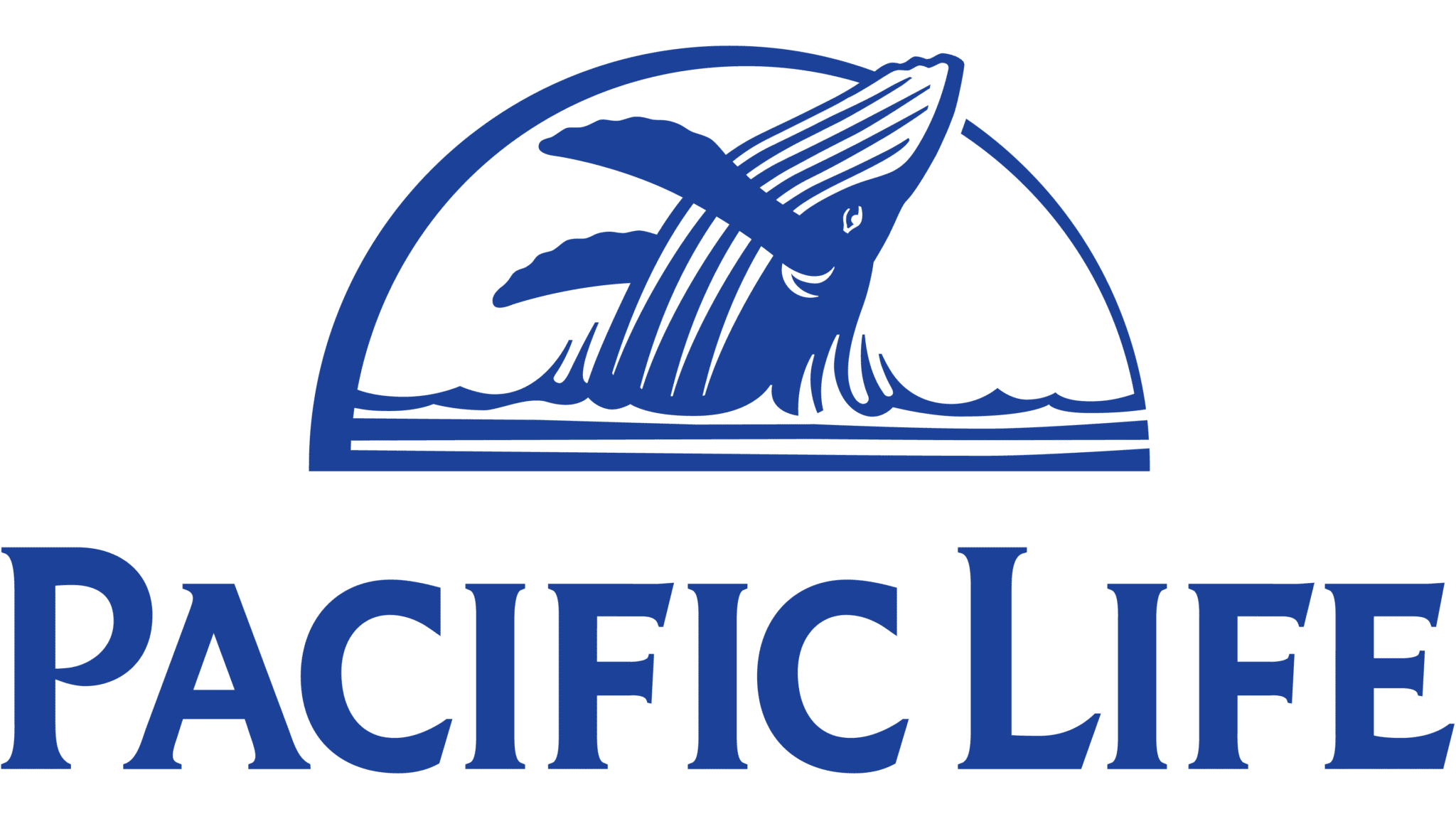- Our picks for the best life insurance companies are Mutual of Omaha, MassMutual and John Hancock
- Policies from the top life insurance providers cost between $17-$54 per month on average
- Term life insurance policies are more affordable than whole life options.

Best Life Insurance Companies (2024)
Via Secure Partner PolicyGenius
Mutual of Omaha, MassMutual and John Hancock top our list for the best life insurance companies after doing extensive research on coverage options, cost, customer services and other factors. However, we recommend consulting a financial advisor or licensed life insurance agent to determine the right life insurance coverage based on your budget and needs.
Our Top 7 Picks for Life Insurance Companies in 2024
The life insurance field is filled with many providers, from long-standing companies with more than a century of experience to newer, technology-heavy competitors. Below, we present our picks for the best life insurance providers in 2024.
- Mutual of Omaha: Best for no-exam coverage
- MassMutual: Best for permanent life insurance
- John Hancock: Best for people with diabetes
- Guardian Life: Best for an in-person experience
- Nationwide: Best for whole life insurance
- Banner Life: Best for term life insurance
- State Farm: Best for customer satisfaction
How We Rank Life Insurance Providers
We selected our list of the best life insurance providers based on the factors most important to you. Some of the companies at the top of our list offered the most coverage options for the best rates, while others featured tech-forward processes for getting quotes and applying online.
Compare The Best Life Insurance Providers
We based cost data on quotes collected for 35- and 45-year-old men and women without a history of tobacco use seeking $250,000 in coverage.
We based cost data on quotes collected for 35- and 45-year-old men and women without a history of tobacco use seeking $250,000 in coverage.
How To Choose the Right Life Insurance Company
Navigating life insurance companies and various coverage options can feel overwhelming. Here are a few tips to help you narrow down your list of potential providers as you start your research.
- Consider your needs: The Insurance Information Institute (Triple-I) offers a valuable guide to determining how much coverage you need.
- Research providers: Consider factors such as the availability of optional riders, a provider’s financial strength and overall customer satisfaction. We recommend checking sources such as J.D. Power’s annual customer satisfaction survey and third-party review sites like the Better Business Bureau (BBB) and Trustpilot.
- Get quotes: Shop around for multiple quotes to help you find coverage that meets your budget and coverage needs.
- Consult a professional: We recommend working with an industry expert like a financial advisor or licensed life insurance agent to help guide you through the application process.
Types of Life Insurance
There are a variety of types of life insurance, but in general you can think of plans as being categorized as either term or permanent policies.
Best Term Life Insurance
Term life insurance is one of the two main types of life insurance. Term life policies guarantee coverage for a set period known as the term. The insurance company will pay a death benefit to your named beneficiaries if you pass away during your specified term.
What Makes Term Life Insurance Unique?
Term life insurance offers coverage for a set period, generally from 10 years to 30 years, with a fixed rate and coverage amount or payout. Term life insurance is usually significantly cheaper than whole life insurance — as much as 17 times cheaper. If you pass away within the term, your beneficiaries receive the death benefit.
Term life insurance does not have a cash value component and therefore does not offer any benefits while you are alive. If your policy term expires without you passing away, then you lose the premiums you paid and the potential death benefit. When your term policy ends, you usually have the option to renew your coverage at a higher rate based on your current age and health status.
Who Should Get Term Life Insurance?
Term life insurance could be a good option for those who want to protect their loved ones but have a limited budget. Term coverage may also benefit those who have investment accounts and might not need the cash value benefits offered by permanent coverage. If you don’t anticipate passing significant debts to your loved ones when you pass away, term life coverage might not be the best option for you.
We based cost data on quotes collected for 35- and 45-year-old men and women without a history of tobacco use seeking $250,000 in coverage.
Best Whole Life Insurance
Whole life insurance is a form of permanent life insurance that covers you for your entire life. Unlike term life insurance, whole life policies have a cash value component that can offer value while you are alive.
What Makes Whole Life Insurance Unique?
A whole life policy covers you for your entire life, not just a set period as with term life insurance. Additionally, a portion of your premium payment goes into a separate account that builds cash value. While you are alive, you can make withdrawals or take out loans against the cash value of the policy.
Whole life insurance policies offer tax benefits that allow your beneficiaries to receive your death benefits without paying federal income tax. Whole life policies also offer tax-free investment growth and allow tax-free withdrawals as long as your policy is not overfunded, in which case it becomes a modified endowment contract.
Who Should Get Whole Life Insurance?
Whole life insurance can be a good investment if you have disabled dependents who will need financial assistance their whole lives. If you want to maximize financial returns, whole life’s tax-advantaged growth on investments is a beneficial feature. Whole life is also worth considering for those focused on estate planning or who could use the cash value component in the future.
We based cost data on quotes collected for 35- and 45-year-old men and women without a history of tobacco use seeking $250,000 in coverage.
Best No-Exam Life Insurance
No-exam life insurance allows applicants to forgo taking a medical exam, speeding up the process. These policies can offer an alternative for applicants who might have trouble qualifying for a medically underwritten plan.
What Makes No-Exam Life Insurance Unique?
Traditional life insurance policies generally require a medical exam during the underwriting process as a primary factor in determining your policy premium. Because no-exam policies don’t provide insurers with health information, which plays a major role in determining premiums, companies charge higher rates for no-exam plans.
Some no-exam life insurance plans still require you to answer some health questions, while others, called guaranteed issue plans, guarantee your acceptance without an exam or medical questions. Not only are rates for no-exam policies higher than for medically underwritten plans, but coverage amounts are generally lower.
Who Should Get No-Exam Life Insurance?
No-exam life insurance may make sense for those with pre-existing conditions that would likely disqualify them from other coverage. A person who wants to avoid disclosing health conditions out of privacy concerns may also prefer a no-exam policy. For those in good health, traditional life insurance policies may be a better and more affordable option.
We based cost data on quotes collected for 35- and 45-year-old men and women without a history of tobacco use seeking $250,000 in coverage.
How Much Does a Life Insurance Policy Cost?
A variety of factors determine life insurance rates. We’ve analyzed quotes from several life insurance providers to determine the following average rates.
Sample quotes were provided by secret shopping, and are rates for nonsmoking individuals. Rates are accurate as of January 2024.
Factors That Affect the Cost of Life Insurance
Life insurance rates can vary dramatically from person to person, even for the same policy. Here are the major factors companies consider during the underwriting process:
Age: As you get older, you get closer to reaching your life expectancy and are more likely to develop health issues, leading to insurers charging higher rates dependent on age.
Gender: Women generally pay less than men for life insurance because they live an average of 5.8 years longer than men.
Health: While you still can purchase life insurance with a pre-existing condition, pre-existing conditions can lead to higher rates or being denied coverage altogether. A family history of serious diseases can also impact rates.
Lifestyle: Smoking, excessive drinking, dangerous hobbies like skydiving or rock climbing, and a poor driving record can raise rates and make you a high risk life insurance candidate.
Frequently Asked Questions About the Top Rated Life Insurance Companies
The MarketWatch Guides team selected Mutual of Omaha and MassMutual as our top picks based on extensive research into life insurance providers. Mutual of Omaha is our top pick overall for no-exam coverage options and MassMutual for its permanent life options. However, the best life insurance for you will vary depending on your coverage needs.
Purchasing life insurance is a highly customized decision you should base on how much coverage you need and your financial situation. Term life insurance is more affordable than whole life insurance, but will only cover you for a set number of years. Whole life covers you for your entire lifetime and acts as an investment account that you can borrow from while you are still alive. If you need help deciding on a policy, we recommend speaking with a financial advisor and learning more in our term vs whole life insurance informational guide.
It is possible to outlive a term life insurance policy but not a permanent policy like whole life, since this type of insurance lasts your entire lifetime. If you outlive your term policy, you will usually have the option to renew at a higher rate or let your coverage lapse. Some term life policies allow you to convert the plan to permanent coverage during your policy term.
Life insurance covers the life of the insured person. In most cases, it pays a death benefit if the insured dies due to an accident or natural causes, like illness or old age. Life insurance typically does not cover suicide during the first two years of the policy, murder if the beneficiary was involved or in some cases, acts of war or terrorism. Additionally, if the insured was dishonest on the policy application, the insurer can cancel the policy without paying its death benefit.
Other Insurance Resources From MarketWatch Guides
Discover our top recommendations for the following insurance types to find the providers that best meet your needs.
- Best Pet Insurance Providers
- Best Travel Insurance Companies
- Best Homeowners Insurance Companies
- Best Renters Insurance Companies
- Cheapest Renters Insurance Providers
- Best Term Life Insurance Providers
- Cheapest Homeowners Insurance Companies
If you have questions about this page, please reach out to our editors at editors@marketwatchguides.com.































